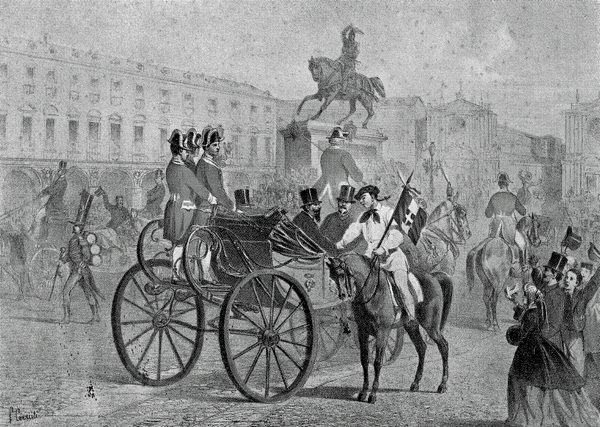
The story of gianduia’s naming is as common as that of its creation. As with the prevailing account of its 1865 origin, the naming myths are also traceable to Succ. Caffarel Prochet & Co.

The story of gianduia’s naming is as common as that of its creation. As with the prevailing account of its 1865 origin, the naming myths are also traceable to Succ. Caffarel Prochet & Co.

Though Gianduia remained both puppet and political symbol through the 1860s, the character adopted a new function. Gianduia became the central figure in Turin’s celebration of Carnival—the setting for the probable first appearance of the confection that would come to bear his name.

From March through October of 1847, King Carlo Alberto issued a series of edicts expanding freedom of the press, including the right of publications to comment on matters of public administration (1). Within months, Turin was flooded with new newspapers with decidedly liberal and revolutionary editorial stances.

Before delving further into the development of the character Gianduia, here’s a handy guide to the most common elements of his dress and appearance.

To this point, we’ve discussed the pre-history of gianduia up to the 1850s. Now, let’s step back and look at the origin of Gianduia, the commedia dell’arte mask and namesake of gianduia and gianduiotti. The traditional origin story of Gianduia, the mask, begins with two puppeteers, Giambattista Sales and Gioachino Bellone (1).